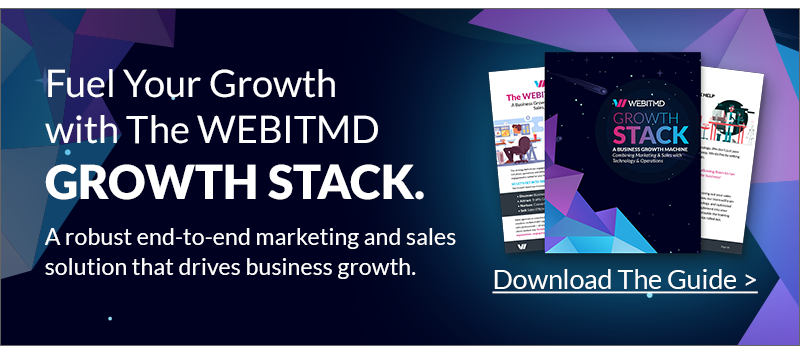The more visibility you have into your sales pipeline, the easier it is to predict revenue and strategize your next move.
Conducting a sales pipeline analysis allows you to gain a complete picture of your current situation and understand how much revenue is on the table. It helps you understand how leads are progressing through the sales cycle, locate bottlenecks, and identify areas for improvement.
To perform sales pipeline analysis successfully, you will need an effective CRM tool to store customer data and track important metrics. This will allow you to isolate all the variables that helped your salespeople close deals faster so you can do more of what works and less of what doesn’t.
If you’re wondering how to conduct a sales pipeline analysis for your business, you’ve come to the right place. Here’s how:
What should I track in a sales pipeline analysis?
Since you’re measuring what it takes to get a lead to close on a deal, you’ll want to track a few key metrics in your Customer Relationship Management (CRM) software, such as:
- Number of deals
- Stage of each opportunity
- Pipeline velocity
- Win rate
- Lose rate
- Deal size
- Sales cycle
The more vast accumulation of data you have, the more accurate your system will be over time. This means you’ll be better able to make informed, educated guesses on shortening the sales cycle and closing more deals.
Tip: To calculate your pipeline velocity, use this formula:
The number of deals in your pipeline X the overall win rate percentage X average deal size ($) divided by the sales cycle length in days.
Source: HubSpot
How to Conduct a Sales Pipeline Analysis
Once you know the metrics you want to track, you can start to get an idea of how healthy your current sales pipeline is. If you’re using HubSpot – and I’ll assume you are – you can create one or more sales dashboards to analyze real-time performance. This way, you can identify where the bottlenecks are occurring, where and how leads are slipping through the cracks, and how individual sales reps are performing.
To scale, you’ll want to solve any inefficiencies you uncover. Here are a few examples of some common issues you may find from a sales pipeline analysis and what steps you can take to fix them:
Too many deals lost
If you’re losing deals on a large scale, that would indicate that your sales reps’ approach is off or that you are simply being outdone (better product or better price) by a competitor. If the problem is the approach, you can look at what’s being done during the handoff between marketing and sales to see if there’s any content that can be created to differentiate your brand and emphasize your strong points to attract those ideal customers.
Bottlenecked opportunities in early stages
If there are too many deals bottlenecked at a specific stage in the buyer’s journey pipeline, start with your automated communications and see where hesitancies might be happening between reps or leads, or industries. You’ll find patterns and identify why potential customers may be unsure of proceeding (especially if they don’t have content upfront to answer some common questions going into the decision stage).
Slow sales cycle
A lower velocity means deals aren’t progressing at an expected rate to close promptly. Check your conversions at each stage to see what stage(s) are taking the longest and find a few reasons why that might be. From there, you can optimize each part of your pipeline to shorten the sales cycle.
A Big Picture Analysis
It’s essential to always focus on the big picture with a sales pipeline analysis to implement the proper strategy that aligns with long-term goals. Gather your metrics and collaborate with teams to make continuous improvements around content, outreach, and automation to shorten the cycle and grow your business.
To learn more about the benefits of marketing and sales alignment, check out our Growth Stack Guide.








(1).jpg)

.jpg)



![5 Reports to Elevate Your HubSpot Sales Dashboard [+ Examples]](https://2363531.fs1.hubspotusercontent-na1.net/hub/2363531/hubfs/Imported_Blog_Media/6-winning-examples-of-a-hubspot-sales-dashboard-2.png?width=767&name=6-winning-examples-of-a-hubspot-sales-dashboard-2.png)

